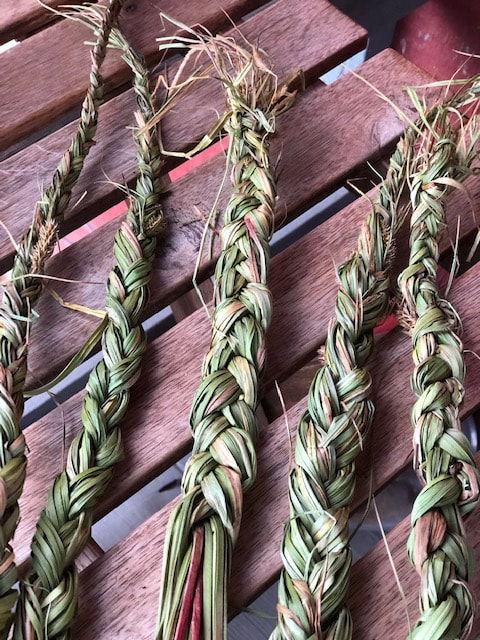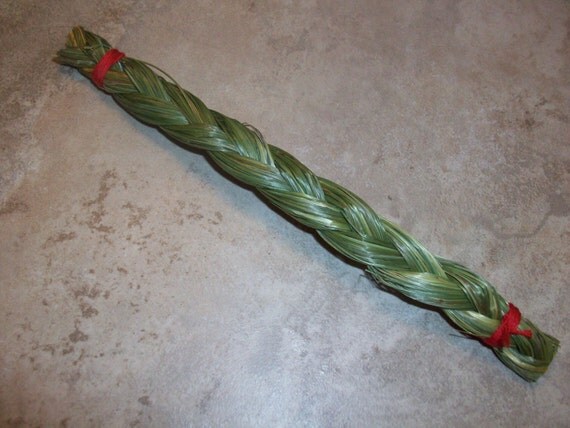


For beings like edible plants, their gift is food. Potawatomi teachings, for example, instruct learners that each being (plants, animals, rocks, rivers, lakes, etc.) has a gift to give, and that it is our job to listen to that being, and learn what its gift is. Where on the one hand, science encourages us to observe, be specific and unbiased, on the other hand, indigenous teachings encourage us to listen, recognise, and be led by what we study.īraiding Sweetgrass introduces us to this way of knowing by framing understandings of nature in terms of gifts. In Braiding Sweetgrass, Kimmerer explains the difference between science, indigenous wisdom, and learning as the difference between looking and listening. Therefore, we cannot rely on ‘unbiased’ scientific ways of knowing alone in order to address these issues. At the same time, the nature of the scientific method means that things like ethics and morality are excluded by necessity from scientific lines of questioning, even while many issues underlying climate change, the biodiversity crisis, and global social and material inequality stem from the intersection of nature and culture. Western science in many cases supplanted indigenous ways of knowing up to the modern day within mainstream understandings of land, ecosystems, and resource preservation. For example, when European settlers first colonised North America, they embarked on a systemic erasure of indigenous ways of study and learning. It is a project that works to decolonise the roots of modern science. Braiding Sweetgrass encourages this awakening within a wider ecological consciousness.īraiding Sweetgrass is first and foremost a project of revival. Throughout the book, Kimmerer intertwines her experiences as an indigenous woman, her ongoing project to reclaim lost indigenous ways of knowing, and her long career as a practicing bryologist (a botanist specilising in the study of moss and bryophytes), culminating in a celebration of humanity’s historical reciprocal relationships with the rest of the living world. It is at once a memoir, a historical cultural narrative, and a hopeful manual in the face of the climate and biodiversity crises. The book is an epic project that puts indigenous and scientific ways of knowing in conversation with each other. In many ways, Braiding Sweetgrass is a response to this question. Can you list an example of one interaction between society and the environment that benefits them both? This is the question that Robin Wall Kimmerer, a mother, scientist, decorated professor, and member of the Citizen Potawatomi Nation, asked her students at the beginning of Botany 101.


 0 kommentar(er)
0 kommentar(er)
